How To Grow A Lemon Tree From Seed No Matter Where You Live
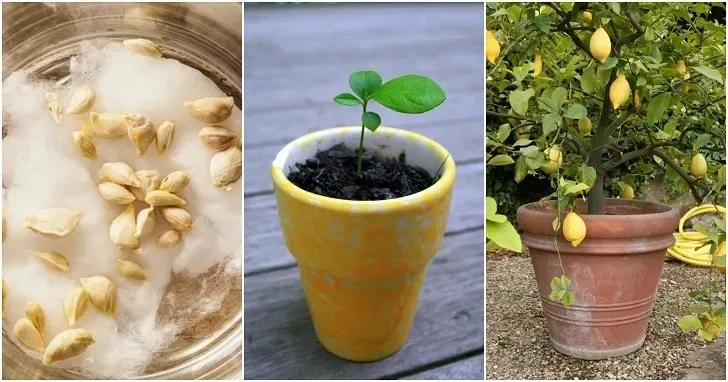
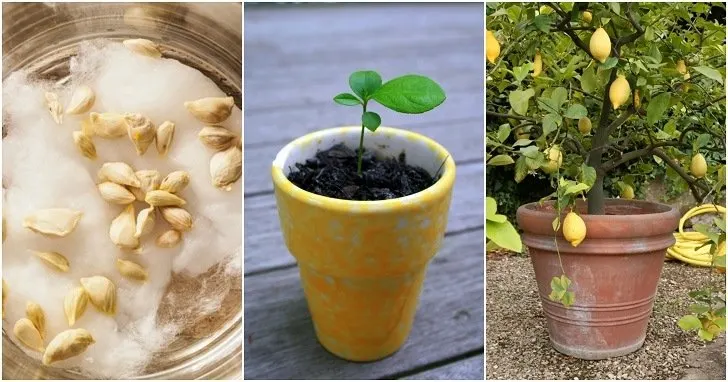
The age-old saying encourages us to make lemonade out of lemons, but these zesty citrus wonders have so much more to offer. Beyond the classic beverage, lemons boast an array of health benefits and serve as potent alkaline-forming agents, making them a remarkable ally in balancing your body's acidity levels.
Did you know that lemons have a fascinating history? A crossbreed between a lime and citron, they were introduced to Europeans by the Arabs. In fact, during his second voyage, Christopher Columbus himself introduced these tangy treasures to the New World in the late 15th century. Fast forward to the California Gold Rush, where miners consumed lemons to combat scurvy, a vitamin C deficiency disease.
Eating lemons regularly is a great way to:

- Beyond their iconic vitamin C content, lemons also house riboflavin, thiamin, iron, magnesium, pantothenic acid, fiber, vitamin B6, potassium, copper, calcium, and folate. Incorporating lemons into your routine can:
- Boost your immune system.
- Maintain pH balance, mitigating pain and inflammation.
- Lower cancer risk; studies reveal that lemons' limonoids combat various cancers.
- Enhance mood, focus, and emotional well-being.
- Shield against rheumatoid arthritis.
- Foster liver health.
- Support digestion and weight management.
Lemon water is a convenient way to reap these rewards, helping to keep you hydrated and invigorated. Why not infuse your daily routine with this simple, yet transformative practice?
What you’ll need to get started:
An organic lemon.
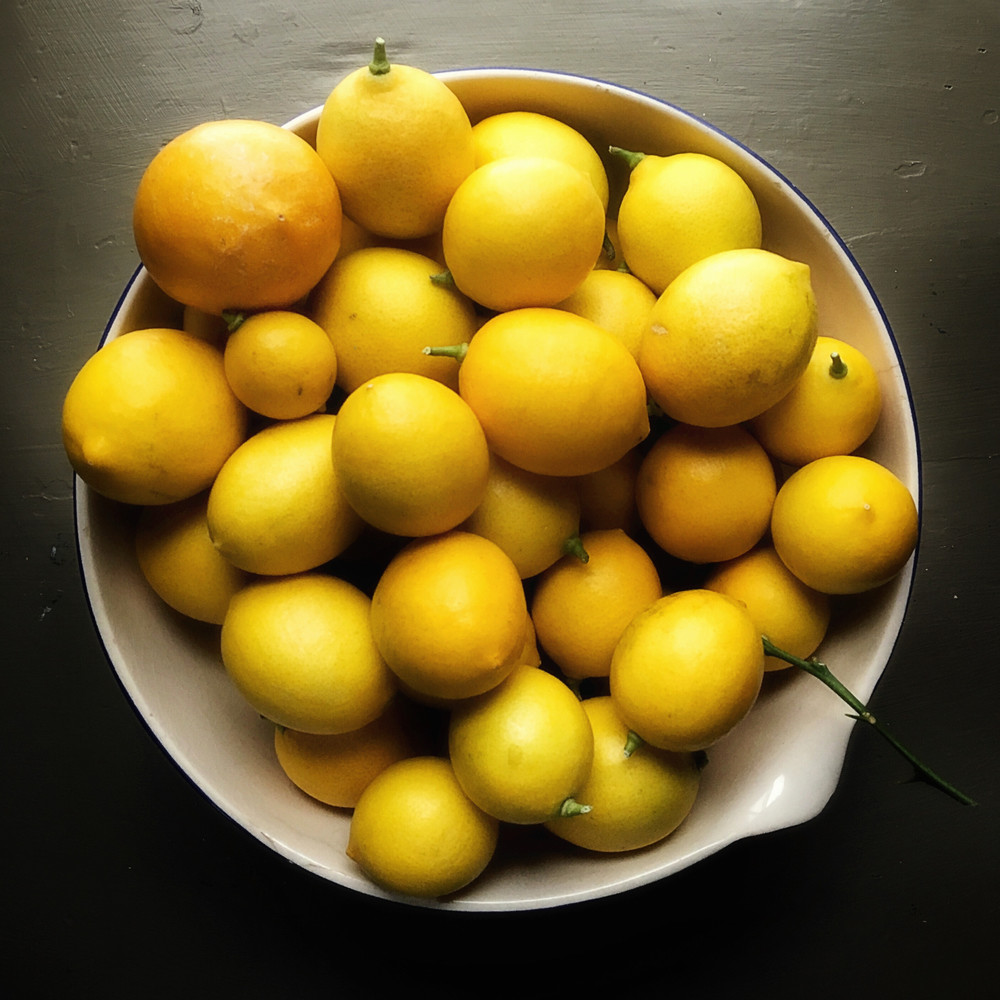
Embrace the potential of growing your very own lemon tree – an endeavor that promises both satisfaction and fresh, fragrant lemons at your fingertips. Even if you're short on space or reside in cooler climates, a lemon tree can thrive indoors.
Potting soil.
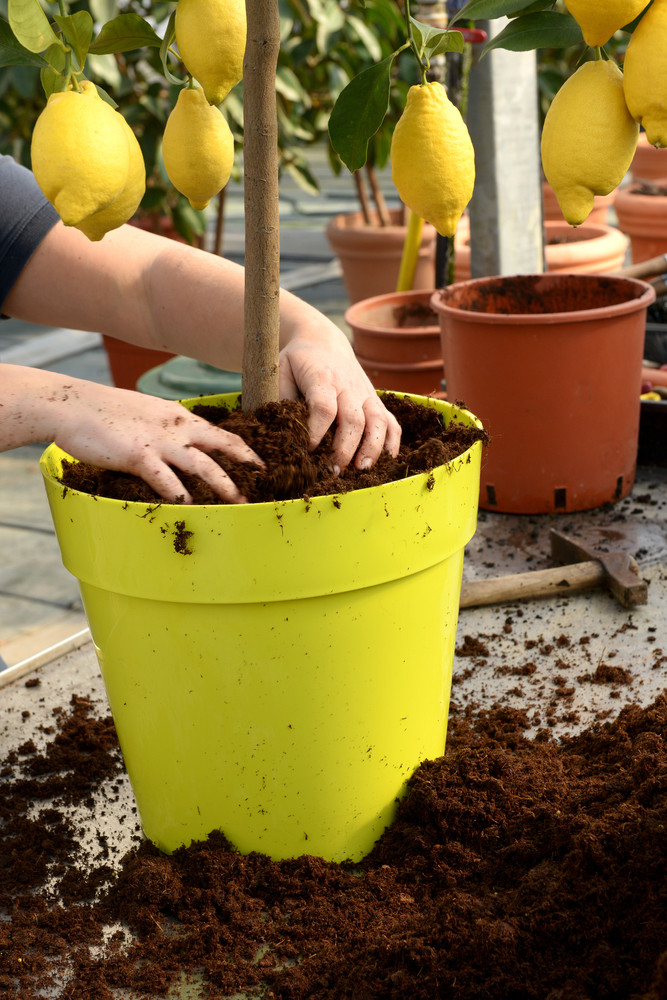
Citrus does best in potting soil that contains a blend of peat, perlite, vermiculite and organic fertilizer.
This organic fertilizer is specifically designed for potted citrus trees. Be sure that the soil is light enough to drain water well. If it’s too heavy, you can add hardwood bark chips to the mix, which increases the amount of air spaces.
A container.
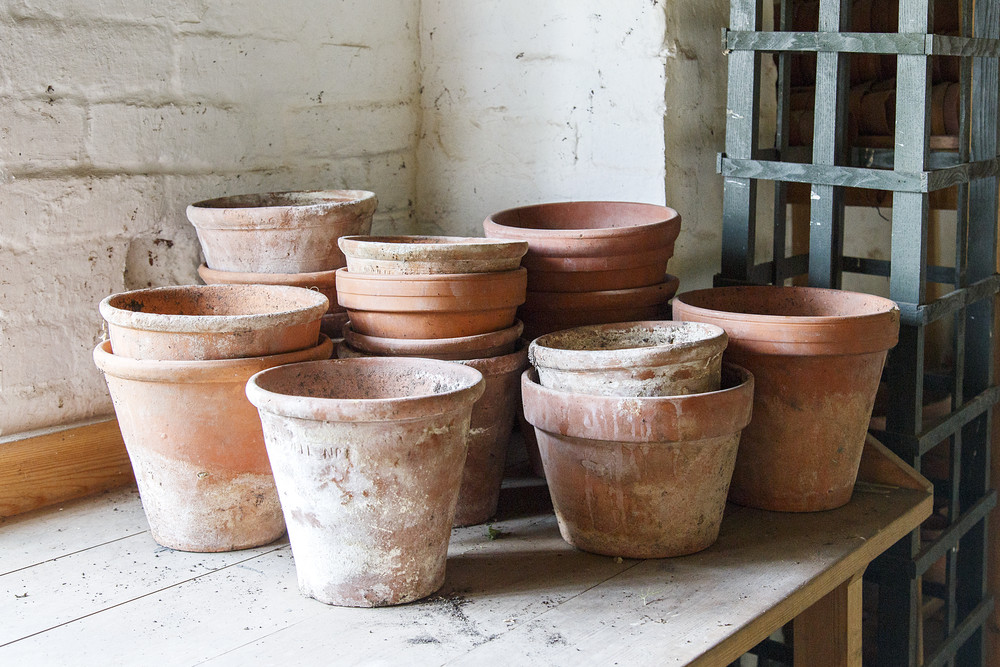
Start out with a small container as it will be easier to maintain the right soil moisture than in a larger one. If the soil stays too wet in a big container, a young tree, with its small root system, is likely to rot and dry.
Beginning with an 8-inch diameter container is recommended, and then once your tree is two or three years old, you can move it to a 10- to 12-inch container. As it continues to grow, you may need to upgrade one more time.
Choose one that’s made of wood, plastic or terra cotta, and be sure that it has adequate drainage holes. While glazed terra cotta containers look more attractive for growing a tree indoors, plastic containers are the lightest weight, which makes them a lot easier to move around, especially if you’ll be moving it in and outdoors with the seasons.
Light.
Lemon trees need a lot of light, whether it’s sun or artificial light, particularly when sprouting, as they require 10 to 14 hours of it every day.
If possible, set it up where it can get full sun from a southern exposure. If that’s not an option, you can supplement sunlight by installing 40-watt fluorescent shop lights (like these ones on Amazon) above the plant.
It’s not that expensive and will more than pay off in the long run.
Moisture.
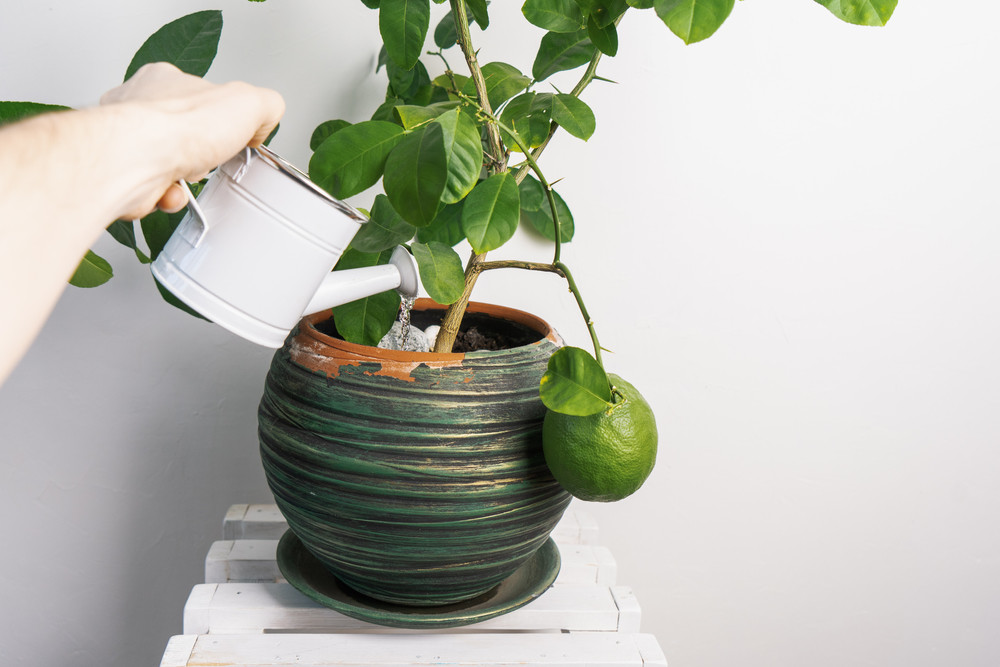
It’s important to keep the soil evenly moist. If you’ll be growing indoors, as most interiors tend to be dry, you’ll need to mist your growing tree on a daily basis.
Citrus prefers infrequent, deep water as opposed to more frequent shallow watering when growing outdoors. You’ll want to water when the soil is dry to 6 inches deep – if the leaves begin to yellow and don’t perk up after you water, then you’ve been overwatering. If they’re wilting and begin to perk up after watering, then you waited too long between watering.
Generally, watering once or twice a week works well, but you may need to adjust that depending on the time of year and weather.
Sprouting your lemon seed:
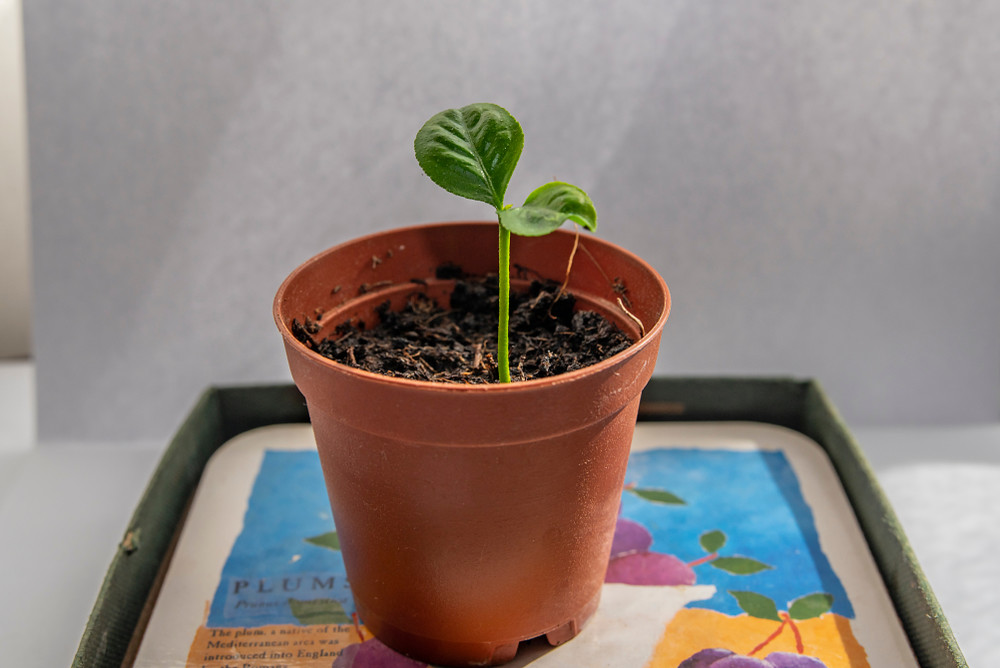
Once you have everything on hand, it’s time to plant.
- First, place some of the soil into a bucket and add water until the soil is completely damp, all the way through in order to pre-moisten it.
- Now, fill the container you’ll be planting the tree in with the pre-moistened soil. Allow about an inch of space below the rim of the container.
- Cut your lemon in half, and choose the largest, best-looking seed you can find. Remove the flesh by popping the seed into your mouth and sucking on it until all of the lemon flavor is gone. Don’t let it dry out – the seeds must remain moist in order to germinate. The best way to prevent it from drying is to just keep it in your mouth until you’re ready to plant it.
- While the seed is still moist, plant it about a half-inch below the soil level and then completely cover it with soil. Spray the soil using a spray bottle, or gently water it using a watering can.
- Now, cover the container with breathable plastic (if you aren’t sure where to get it, this is a good online option), to keep the seed warm and moist.
- Place your container in a warm area and keep an eye on it for a few days, keeping in mind that it needs to stay warm and moist in order to germinate. Never let your potting soil dry out completely or let it cook in intense heat as it could cause the seed to rot. It’s important to strive for a good balance, with just the right amount of moisture and warmth.
- In about two weeks, you should see a little sprout emerge from the soil. Once it arrives, you can remove the plastic and place your growing tree in a warm location that gets lots of direct sunlight, supplementing with 40-watt fluorescent shop lights, if necessary.
Caring for your growing tree
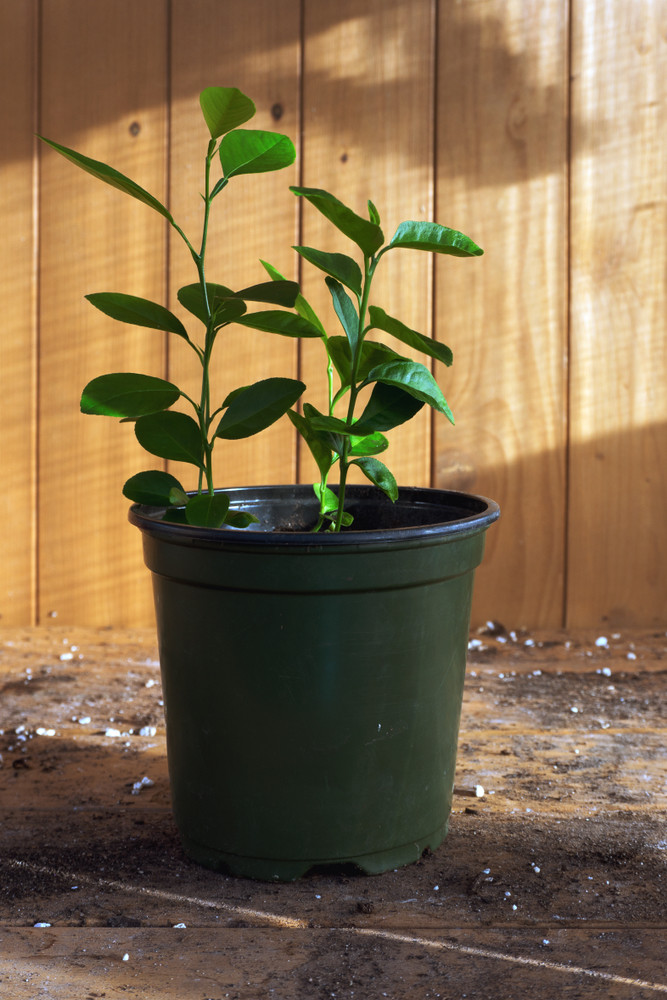
Now the fun part, you get to nurture it and watch it grow.
The following tips will help ensure that it grows healthy and strong, and produces plenty of lemons that you’ll be able to use for many years to come.
A growing tree also needs nutrients in order to stay healthy. Feeding it an organic fertilizer like vermicompost or compost once it’s developed a set of leaves is a great way to do that.
You only need to feed it once or twice a year, by digging a small trench around its base and then filling it with the compost and watering it well. Never over fertilize – less is best. If you aren’t sure how long it’s been since you’ve fed your tree, it’s better to wait a bit longer and be safe.
Be sure that the soil is moist at all times, especially when the tree is young.
Never let it sit in a puddle of stagnant water – that’s why you purchased a container with drainage holes, and they’re there for good reason.
Make sure it gets plenty of sunlight. When growing indoors, it should be somewhere that it will get at least eight (and preferably 10) hours of direct sunshine every day – of course, as mentioned, you can supplement some of that sun by using artificial lights.
Many swear that paying attention to the tree, talking to it, gently feeling it and observing its growth, helps it to become an especially strong, healthy adult tree. Of course, spending time with it will also make it easier for you to notice if any problems develop, such as browning leaves or pests.
Skip The Hard Part – Buy An Existing Tree
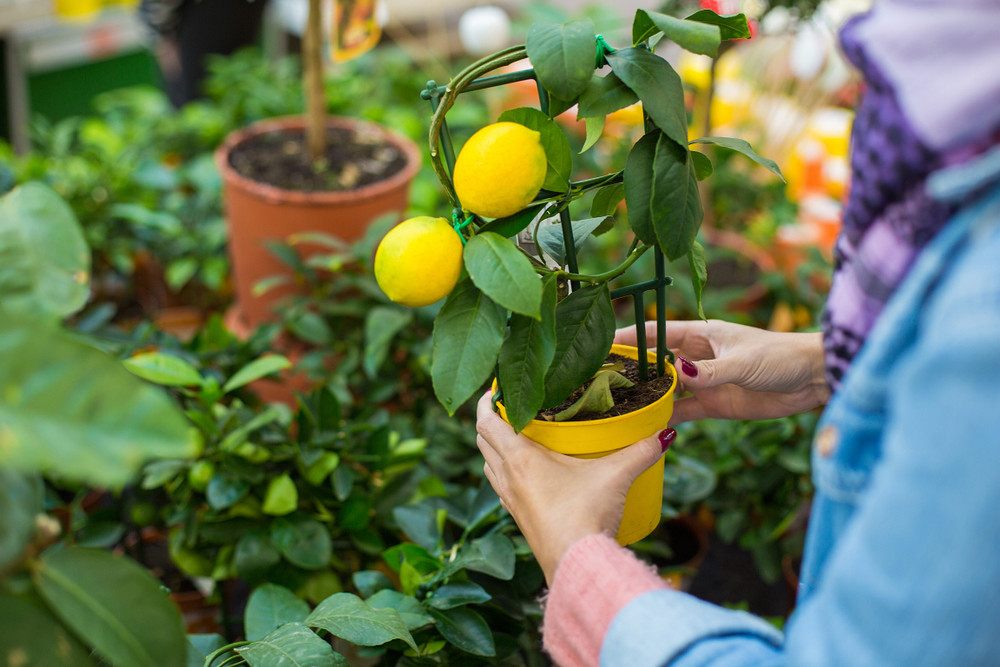
Growing a lemon tree from seed is undoubtedly a rewarding process, but if you’re an impatient gardener and would like to start harvesting your lemons sooner, you’ll want to invest in a mature potted lemon tree.
With the advancements in shipping technology, you can buy lemon trees online and have them delivered direct to your door. The advantage of this is that your lemon tree can start producing fruit in the first year. You still have to care for it and plucking your very first homegrown lemon is still just as rewarding.
This Meyer Lemon Dwarf Tree is the best reviewed on Amazon. You can be picking your very own lemons in your first year and you’ll notice that the lemons are much more delicate in flavor than store bought lemons.
Take a look at the details and get your lemon tree here.
Want to try this fun gardening project? Then Pin this to save for later.

Source: https://www.naturallivingideas.com
DISCLAIMER: THIS WEBSITE DOES NOT PROVIDE MEDICAL ADVICE The information, including but not limited to, text, graphics, images and other material contained on this website are for informational purposes only. The purpose of this website is to promote broad consumer understanding and knowledge of various health topics. It is not intended to be a substitute for professional medical advice, diagnosis or treatment. Always seek the advice of your physician or other qualified health care provider with any questions you may have regarding a medical condition or treatment and before undertaking a new health care regimen, and never disregard professional medical advice or delay in seeking it because of something you have read on this website.
